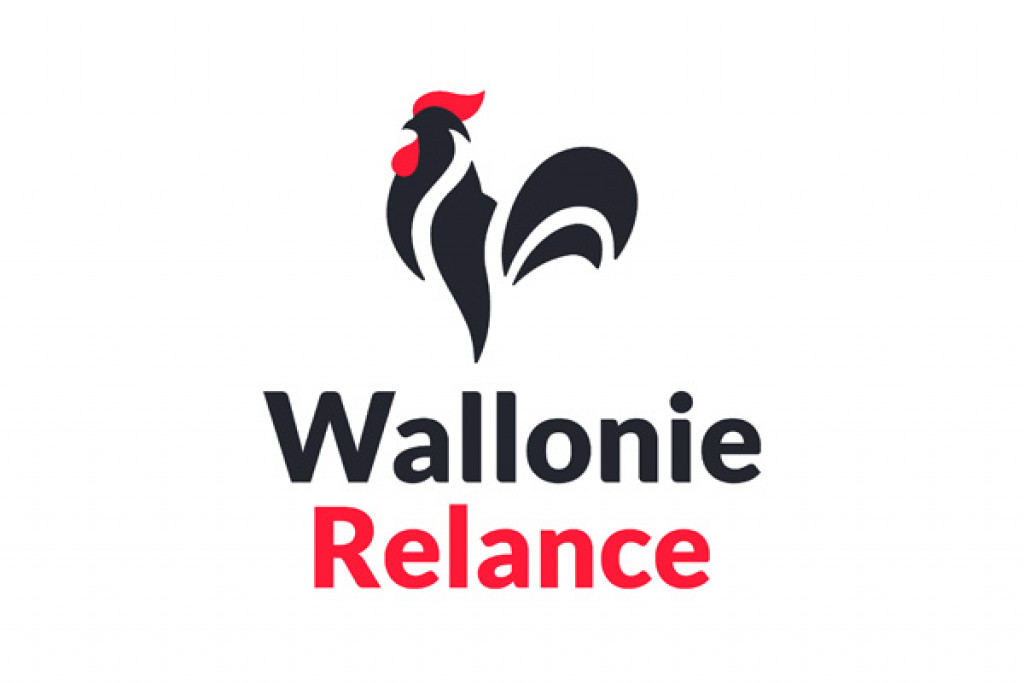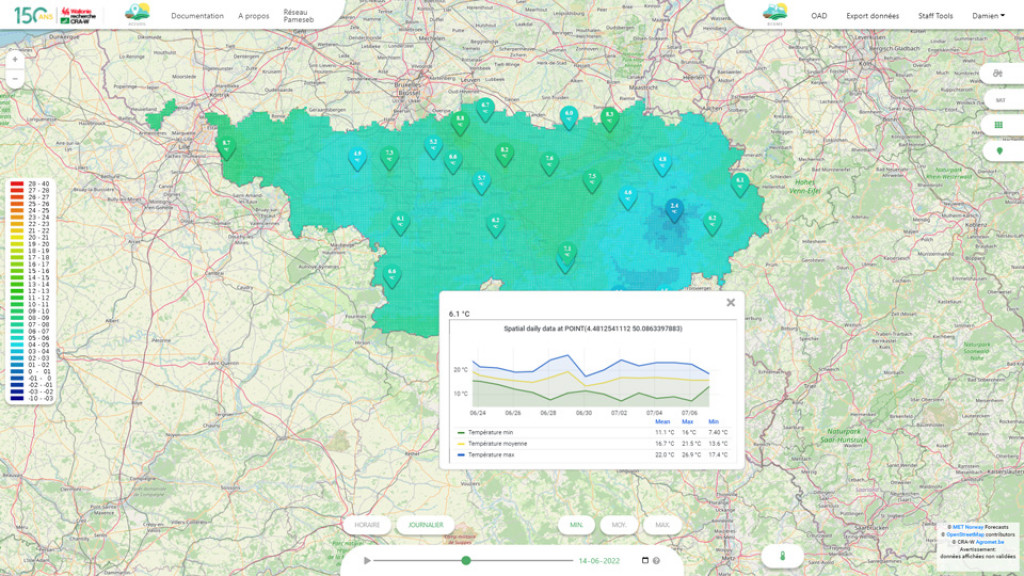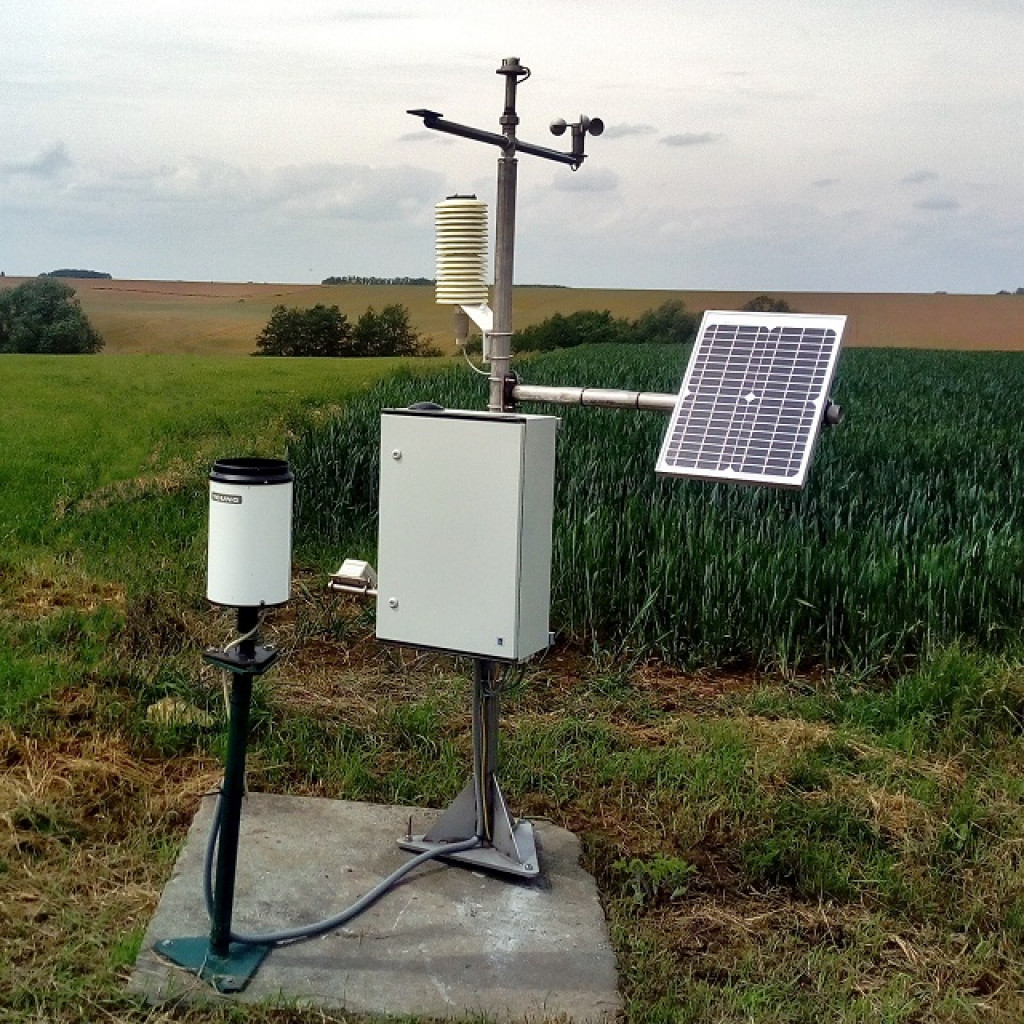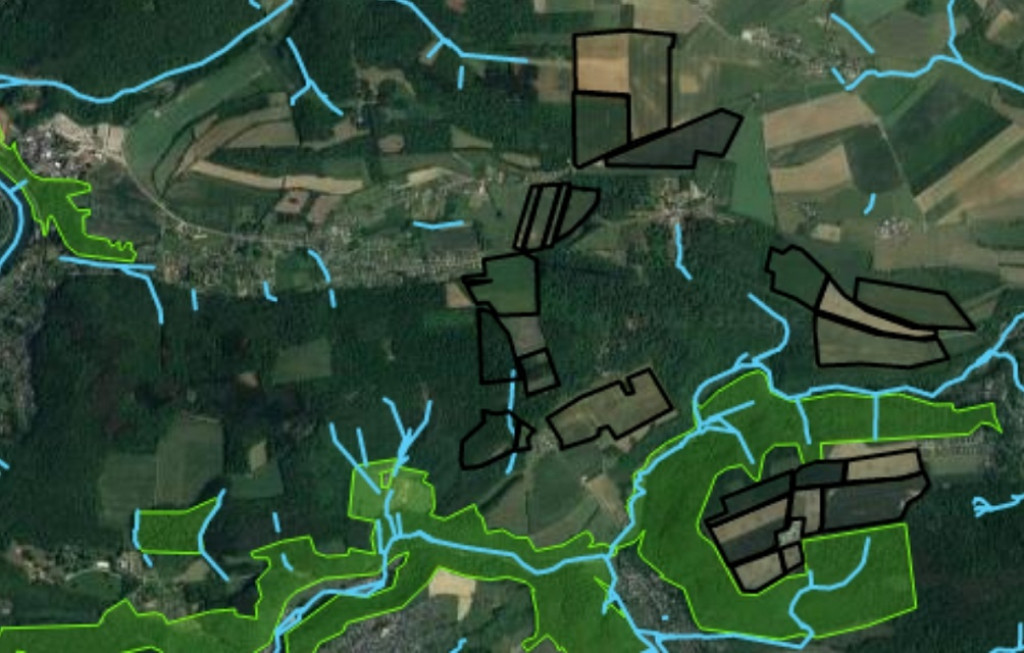In order to achieve carbon neutrality on a European scale by 2050, it is essential to reduce the environmental impact of all sectors, including the agri-food industry.
Primary production is the main contributor to greenhouse gas (GHG) emissions from our food supply. To meet this challenge, an agroecological transition at farm level is crucial. Assessing the impact of this transition on the balance of our farms is therefore of prime importance.
DECiDE currently provides the possibility of assessing greenhouse gas and ammonia emissions, as well as energy consumption on farms. To help growers identify the best strategies for limiting their environmental impact and rethink their practices according to their own particular situation, the tool will in the future incorporate new indicators linked to the three dimensions of sustainability.
In addition to environmental assessments, DECiDE enables users to calculate a number of economic indicators, such as gross margins for workshops, gross farm surplus, farm labour income, repayment capacity and dependence on subsidies. These indicators highlight the link between environmental and economic performance, showing that in many cases they are not mutually exclusive.
To facilitate decision-making, new technical indicators (such as age at first calving or quantity of concentrates per livestock unit) and environmental indicators will soon be added. These include the evaluation of agroecological areas, the nature of tillage and the nitrogen balance. In addition to calculating a nitrogen surplus, the system can also be used to assess nitrogen efficiency, the risks of leaching, nitrogen autonomy and the proportions of organic and mineral nitrogen used on the farm. In the longer term, a phosphorus balance will be included, with the subsequent possibility of assessing the risks of eutrophication using a life-cycle analysis approach. In addition, the models will be improved to take more precise account of farmers' specific practices, for example by considering the value of intercropping in overall balances, or by adding new workshops, such as sheep production. Last but not least, the social pillar will not be neglected, but rather included at a later date by means of a questionnaire. Together, this data will provide an overall view of the farm and identify the levers to be used in order to improve the sustainability of each farm in its specific context.
A new version of the tool will be available by the end of the year, before launching a new series of training courses early in 2024.














